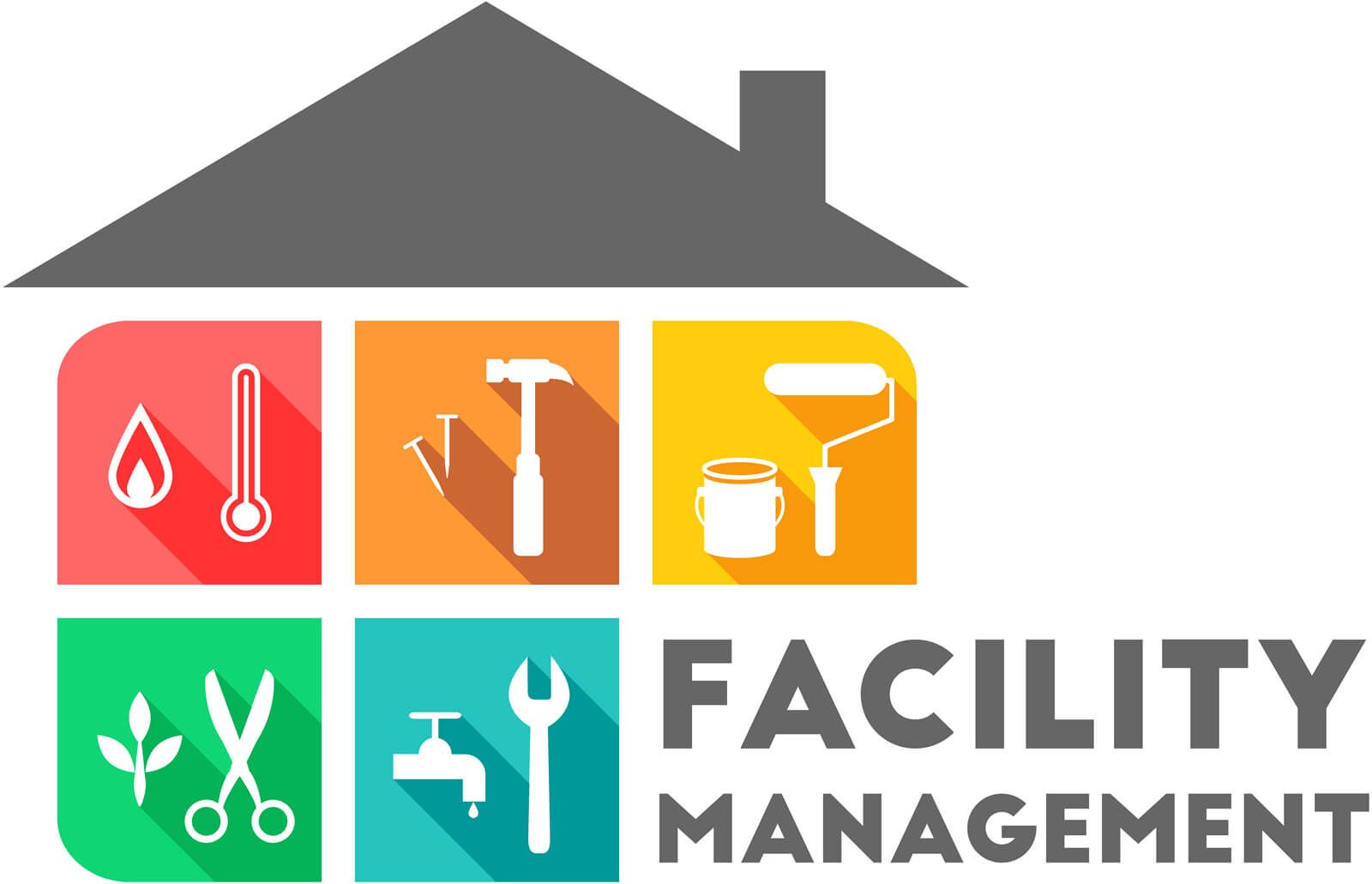Leading Advantages of Total Facility Management for Streamlined Procedures
Total Facility Management (TFM) stands for a strategic strategy to boosting functional effectiveness by incorporating numerous services, such as upkeep and protection, under a unified management structure. This combination not just minimizes redundancies however additionally leverages information analytics for informed decision-making and anticipating maintenance. Furthermore, TFM promotes structured communication among stakeholders, aligning procedures with wider business purposes. The concern continues to be: what certain benefits can organizations harness from taking on TFM, and how might these benefits change their operational landscape?
Boosted Functional Efficiency
Improved functional performance is a key benefit of implementing total facility management (TFM) strategies. TFM incorporates a comprehensive approach to handling a facility's sources, processes, and framework, eventually simplifying procedures. By settling different services-- such as maintenance, safety, cleansing, and room management-- TFM lessens redundancies and enhances sychronisation among various functional functions.
The integration of innovation further magnifies this performance. Advanced facility management systems give real-time information analytics, making it possible for facility managers to make enlightened choices that improve process and resource allowance. Predictive maintenance techniques, for instance, anticipate tools failings before they happen, decreasing downtime and extending asset lifespan.
Additionally, TFM advertises standard procedures across various departments, making certain uniformity and top quality in solution shipment. This uniformity reduces functional disruptions and fosters a more joint workplace. Consequently, employees can focus on their core responsibilities, driving efficiency and enhancing general performance.

Cost Reduction and Financial Savings
Carrying out total facility management (TFM) not just increases functional effectiveness but likewise significantly adds to set you back reduction and cost savings. By consolidating various services under a solitary management structure, companies can remove redundancies and improve procedures, thereby lowering functional expenses. TFM makes it possible for better procurement methods, permitting companies to discuss bulk buying arrangements with suppliers and provider, bring about lower prices.
Furthermore, TFM highlights preventative maintenance, which reduces unforeseen failures and expands the lifespan of crucial devices. This positive strategy not only lowers repair costs but also enhances the reliability of facilitiess, making certain continuous operations. Additionally, energy efficiency initiatives, typically a crucial emphasis of TFM, lead to substantial financial savings on energy costs, as facilitiess are optimized for minimized power intake.
Improved Resource Management
Efficient resource management is a cornerstone of total facility management (TFM), allowing organizations to enhance using their possessions and workforce. By executing TFM techniques, organizations can adequately assess their source appropriation, making certain that every possession is utilized successfully and successfully. This alternative approach permits the recognition of underperforming resources and the potential for reallocation or improvement.
Additionally, TFM promotes the combination Get More Information of technology for real-time surveillance of resources, which aids in forecasting maintenance needs and stopping expensive downtime. By leveraging data analytics, companies can make informed decisions regarding resource release, eventually improving productivity and lowering waste.
Furthermore, TFM advertises a culture of continual enhancement, urging teams to routinely evaluate and improve their resource management techniques. Total Facility Management. This positive position not only decreases functional interruptions yet also promotes innovation, as workers are encouraged to suggest enhancements based upon their firsthand experiences with resource application
Streamlined Communication Channels
In total facility management, streamlined interaction networks play an essential function in cultivating collaboration and effectiveness throughout teams. Effective communication ensures that all stakeholders, consisting of facility supervisors, maintenance personnel, and solution providers, are lined up with operational demands and business objectives. By establishing clear lines of communication, groups can promptly address worries, share updates, and apply solutions, thereby reducing downtime and improving efficiency.
With systematized interaction systems, information is easily accessible, enabling real-time updates on maintenance demands, source allotment, and task timelines. This transparency not only reduces misunderstandings however likewise equips workers to make educated decisions promptly. Furthermore, streamlined interaction promotes far better control throughout emergency situations, ensuring that all personnel are informed and can react without delay.

Boosted Emphasis on Core Activities
A key advantage of total facility management is the increased focus on core activities, enabling companies to concentrate on their primary service purposes - Total Facility Management. By outsourcing non-core functions such as upkeep, protection, and cleaning, business can redirect their resources and power towards critical campaigns that directly add to their competitive benefit and growth
Total facility management you can look here integrates numerous operational jobs under a solitary umbrella, fostering performance and decreasing redundancy. This combination not just simplifies processes but likewise boosts liability, ensuring that every aspect of the facility runs sympathetically without diverting attention from what really matters-- core organization features.
In addition, this approach allows workers to commit their time and initiatives to tasks that drive advancement and improve customer fulfillment, instead of getting slowed down by operational difficulties. With a trusted facility management companion managing everyday procedures, companies can accomplish higher agility, respond swiftly to market modifications, and keep a sharper concentrate on their objective.
Eventually, boosted concentrate on core tasks causes boosted total efficiency, allowing organizations to strengthen their market position and accomplish their critical objectives better. - Total Facility Management
Final Thought
In final thought, go to the website Total Facility Management significantly enhances functional efficiency by consolidating necessary services and leveraging data analytics for informed decision-making. Cost decreases and enhanced source management add to total savings, while structured communication networks foster partnership amongst stakeholders.
Total Facility Management (TFM) represents a strategic method to enhancing operational efficiency by incorporating various solutions, such as maintenance and safety, under a unified management structure.Improved functional effectiveness is a primary advantage of applying total facility management (TFM) strategies. Advanced facility management systems supply real-time information analytics, allowing facility supervisors to make educated choices that enhance operations and source allotment.Executing total facility management (TFM) not only increases operational effectiveness but likewise considerably adds to cost reduction and savings.Reliable source management is a foundation of total facility management (TFM), making it possible for organizations to enhance the usage of their possessions and labor force.